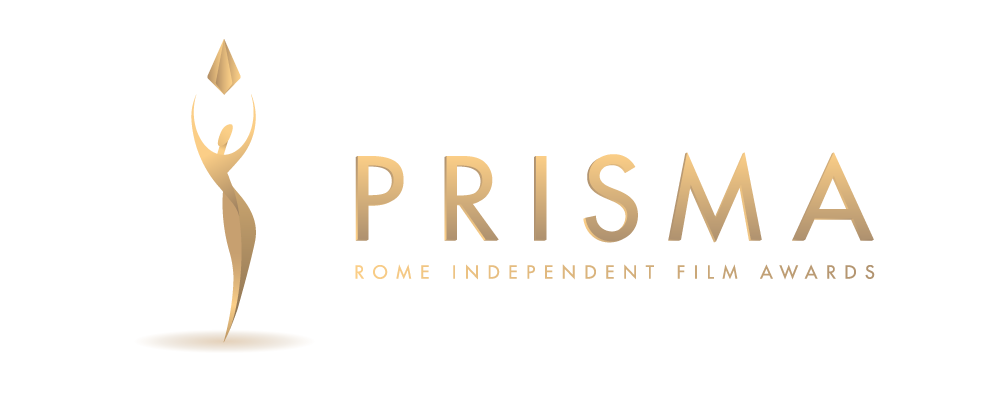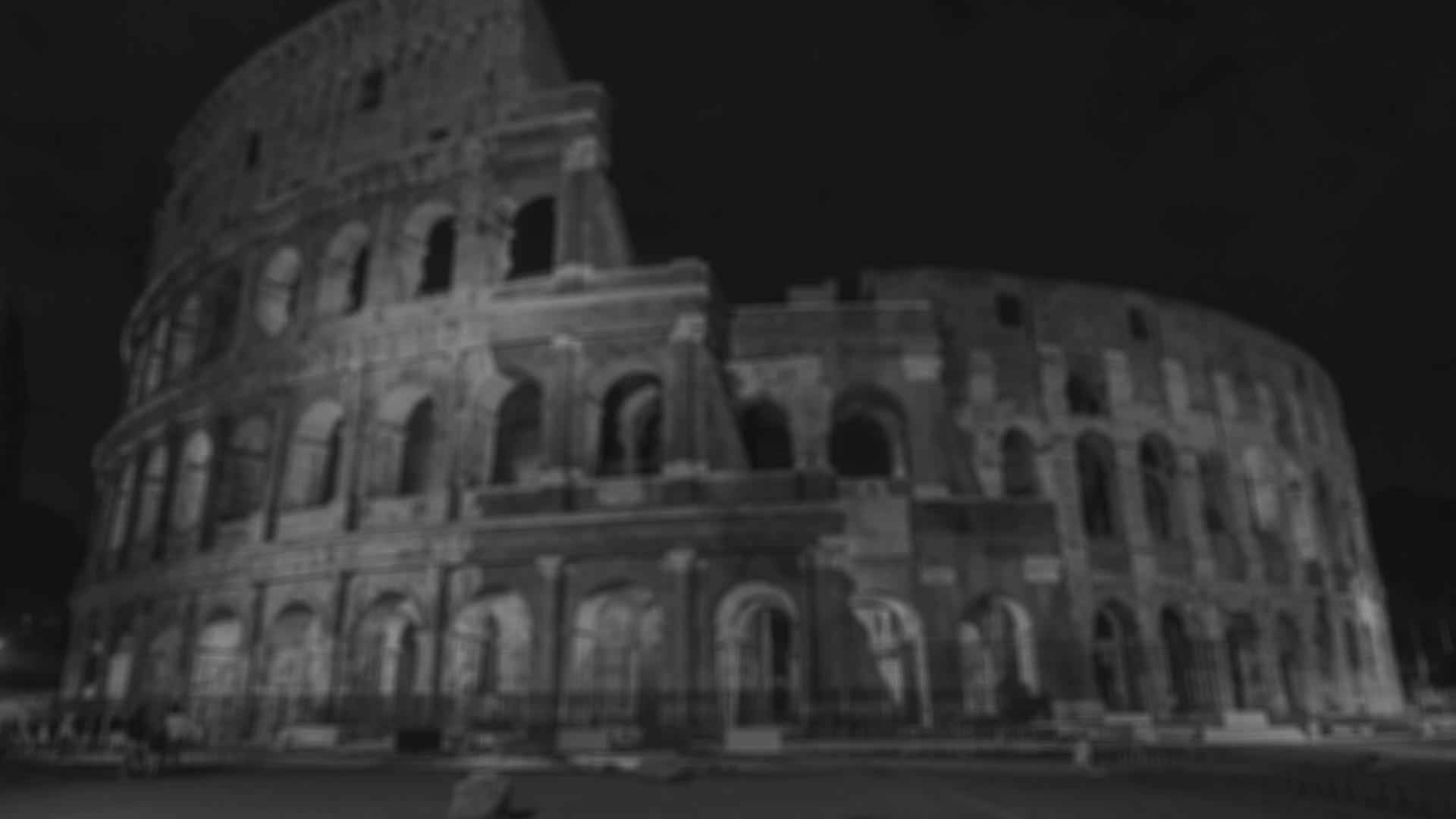
22 Mar An interview with BONNIE FOSTER, director of “Butterfly”
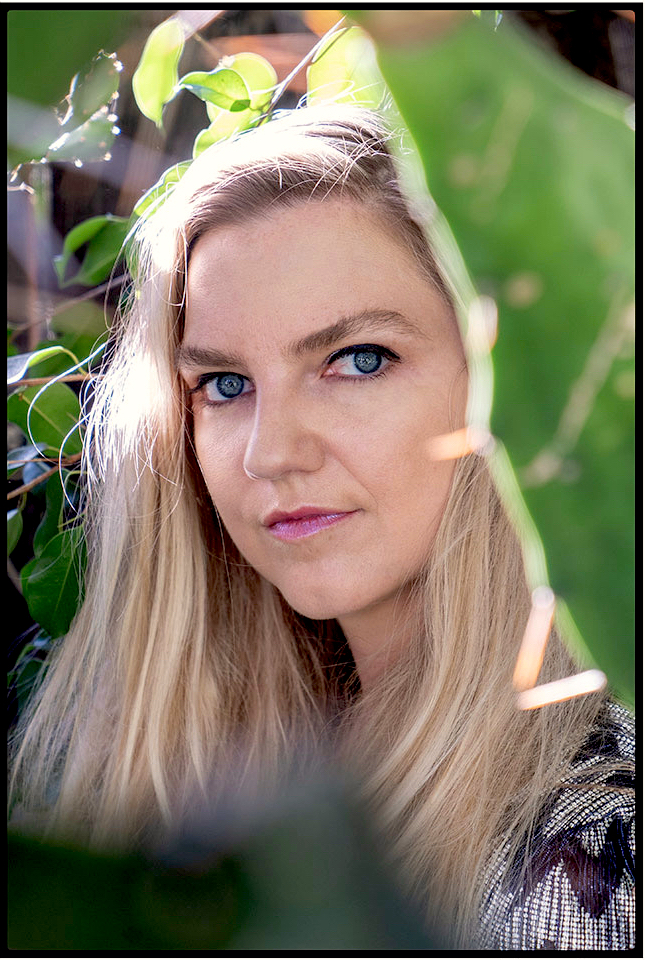
Bonnie Foster
“Cinema takes us out of reality so we can try and make sense of it.”
BIO
Bonnie Foster is an award-winning writer/director working in theater, documentary, and narrative film. Her original films have won over 21 awards and played in over 30 festivals worldwide.
Bonnie strives to tell stories that challenge our understanding of reality, be it personal, cultural, or physical. Her music video, Sweet Surrender, won Best Music Video at LA Femme Film Festival in Los Angeles, CA. Butterfly, her latest short film, has won over 20 international awards including Best Screenplay at Santa Monica International Film Festival, Best Performance at Malibu International Film Festival, and Best Director at the London Independent Film Awards. In documentary, Bonnie has worked on several Emmy-nominated films including Ken Burns’ six-hour series based on the Pulitzer Prize-Winning book, Cancer: The Emperor of All Maladies.Before moving into film, Bonnie worked in theater as a puppeteer, traveling the country with a burlesque puppet show funded by a grant from the National Endowment of the Arts. Later forming her own company, Dead Ladybug Puppets, Bonnie designed, built, and performed her own shows in venues across the Pacific Northwest.
Bonnie also works as a non-fiction writer and has written for Los Angeles’ Flaunt magazine interviewing artists on their creative process. She now writes for a female-run fashion and arts magazine, Reserved, on the same topic. Some of her interviewees include Sean Lennon, Jerry Hall, Caitriona Balfe, and celebrated blind contour painter, Sophie Kipner.
Bonnie earned her bachelor of arts from Sarah Lawrence College where she studied Russian language and literature, theater, and fiction writing. She continued her directing studies in the Postbaccalaureate program at Columbia University where she also studied television writing with professors Frank Pugliese and Alan Kingsberg.
SELECTED FILMOGRAPHY:
2017 Sweet Surrender (writer/director/producer)
2016 Sugarplum (writer/director/producer)
2016 Wild Seeds (writer/director/producer)
2012 Something Unspoken (writer/director/producer)
2011 This Box is My Heart (writer/director/producer)
2010 Cocktail Hours (writer/director/producer)
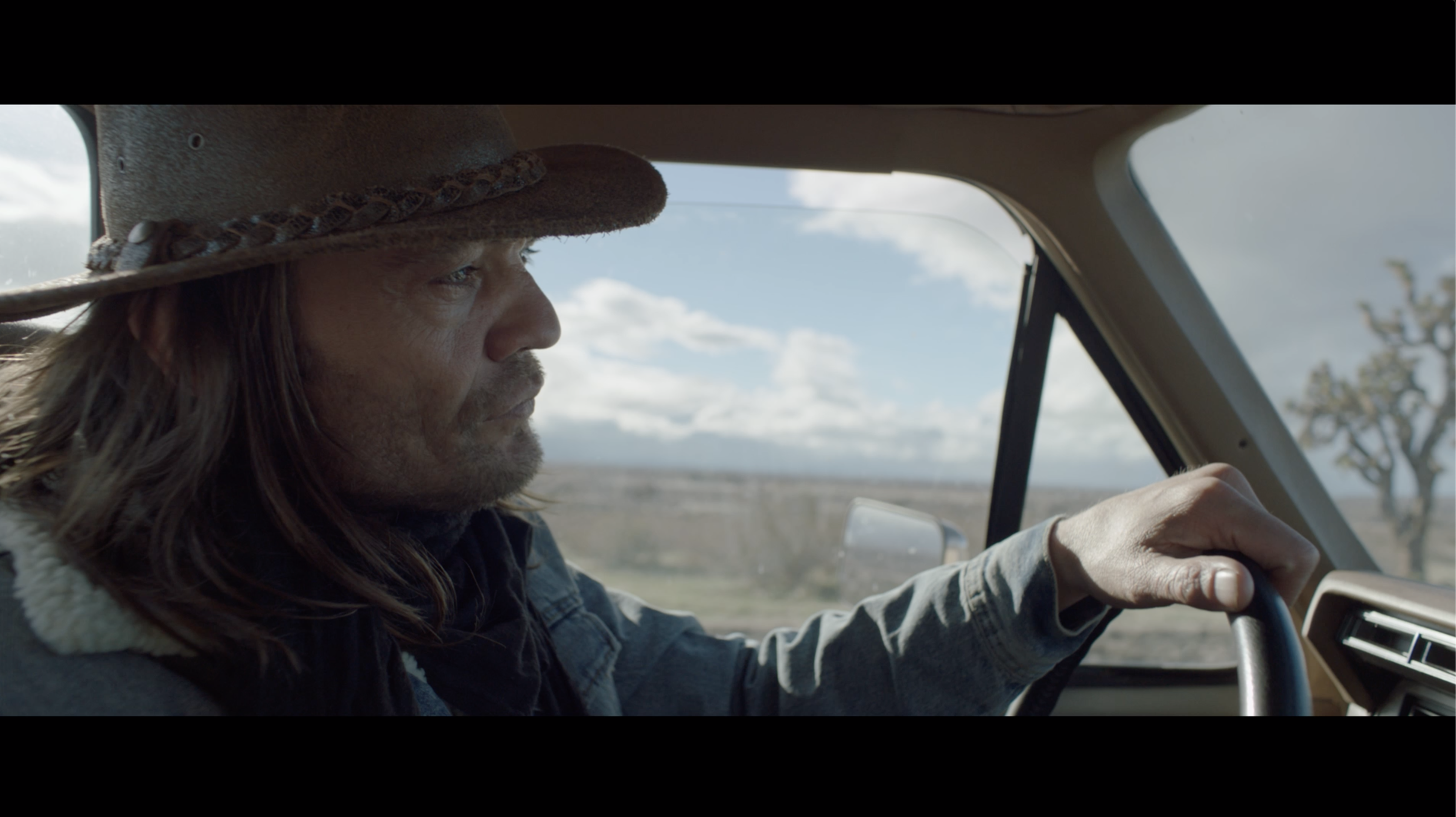
Your film is distinguished by a splendid staging, whose aesthetic taste is characterized by various contaminations, coming from other fields of visual art. How did you build this aesthetic system? How important was the typical glamor imagery of certain haute couture companies?
We were really lucky to have the costume in the opening scene designed by the surreal and amazing Dutch fashion designer, Iris van Herpen. The main character—a fashion model— is posing against a plain white background to send a metaphorical message that she is neither here nor there, floating between worlds. It also just looked cleaner so we could showcase the outfit, which is suggestive of fragmentation and transformation, both thematic underpinnings of the main character, Alice. I wouldn’t say “typical glamour imagery” was essential, but the idea of masks and costumes also fits with the theme of the movie, so in that way having the opening scene be very “haute couture” was important.
The actual set in the desert was mostly already there, although our set designer Kelly Fallon definitely added lots of essential touches to make it more naturalistic. The trailer location is my friend Alessandro Giuliano’s place in Yucca Valley near Joshua Tree. He’s converted a number of trailers into really nice weekend getaways that he rents on AirBnb. There are also sculptures scattered around randomly in the desert, and there’s even a huge boat, hence the name he has given it: “The Desert Yacht Club.” I shot a music video on the boat called “Sweet Surrender” for my friend John-Paul Pryor’s band, so I can definitely vouch for the whole place being a really surreal and inspirational filming location.
As a general aesthetic choice, we wanted the film to feel like a composed “movie” rather than overly naturalistic or “mumblecore”. I think we instinctually felt that the film was allegorical in nature, and we wanted it to feel composed and finished like a fairy tale, although we didn’t really discuss it that way at the time. I just remember Sean McDaniel (the DP) and I both agreeing that it should feel “like a movie”, whatever that means.
We didn’t have any particular visual influences that we were drawing off of, although we did use the opening of Tom Ford’s Nocturnal Animals as a reference for our opening scene. That’s the only specific example I really remember.
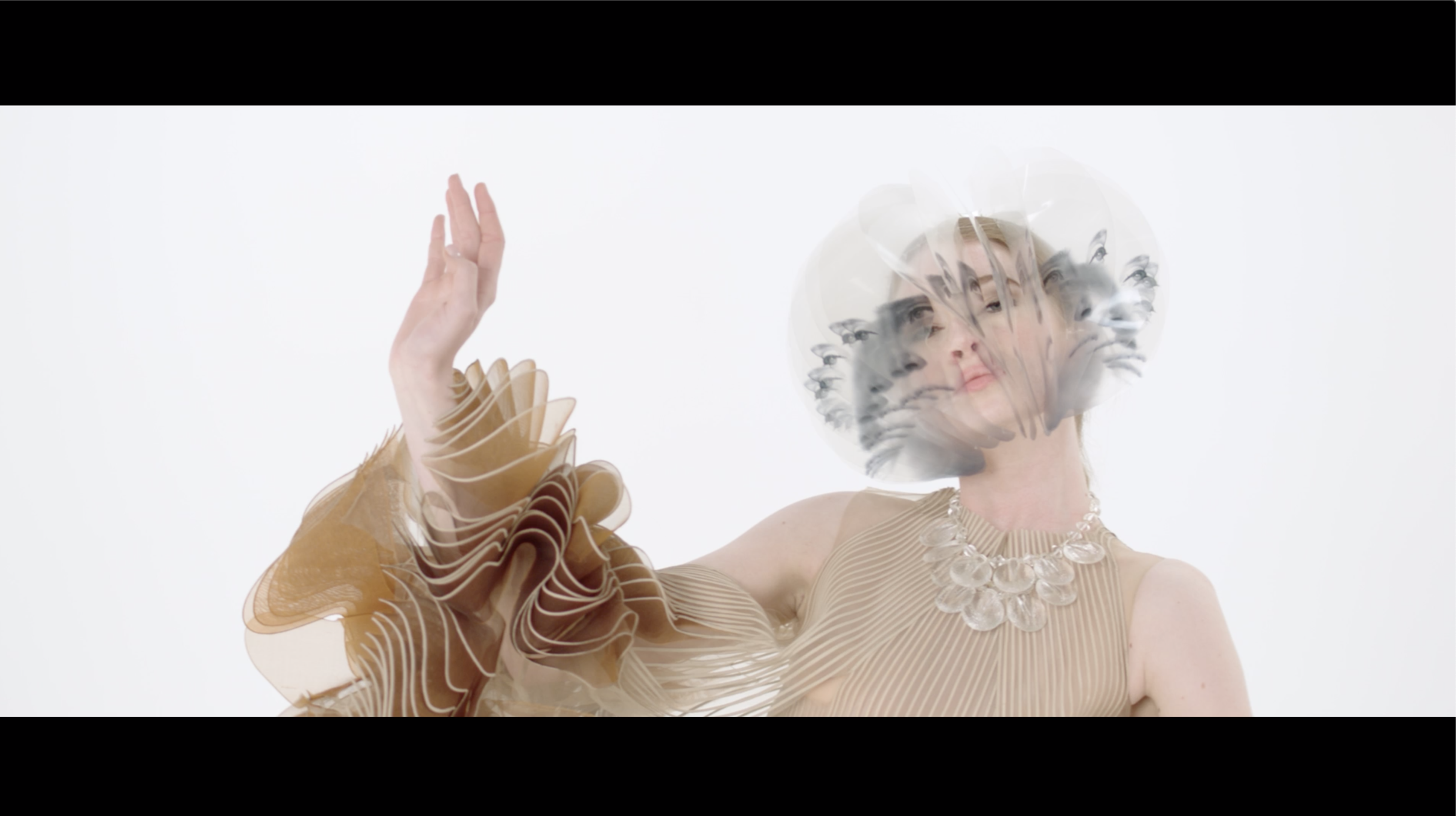
At the base of your film there are truly fascinating ideas and reflections, treated with a very fresh and current sensitivity. What were the reasons that led you to talk about these issues?
At its core, Butterfly is a film about personal transformation. On a surface level, the main character yearns for change, and she is in a relationship that won’t allow for it.
The film also hopes to explore the nature of relationships: why we are attracted to certain people, how our perspective of a person changes when we know the relationship is over, and the fine line between fear and attraction. Those are the kinds of questions I was asking myself when writing the script.
It is also about patterns, in relationships and in life in general. Sometimes it seems that we are dating the same person or repeating the same situation over and over, just in a different form, with a different face, with different permutations of the same dynamics. At the end of the day we have to ask ourselves why we are recreating these situations, because the answer most likely comes from changing a pattern of thinking within ourselves.
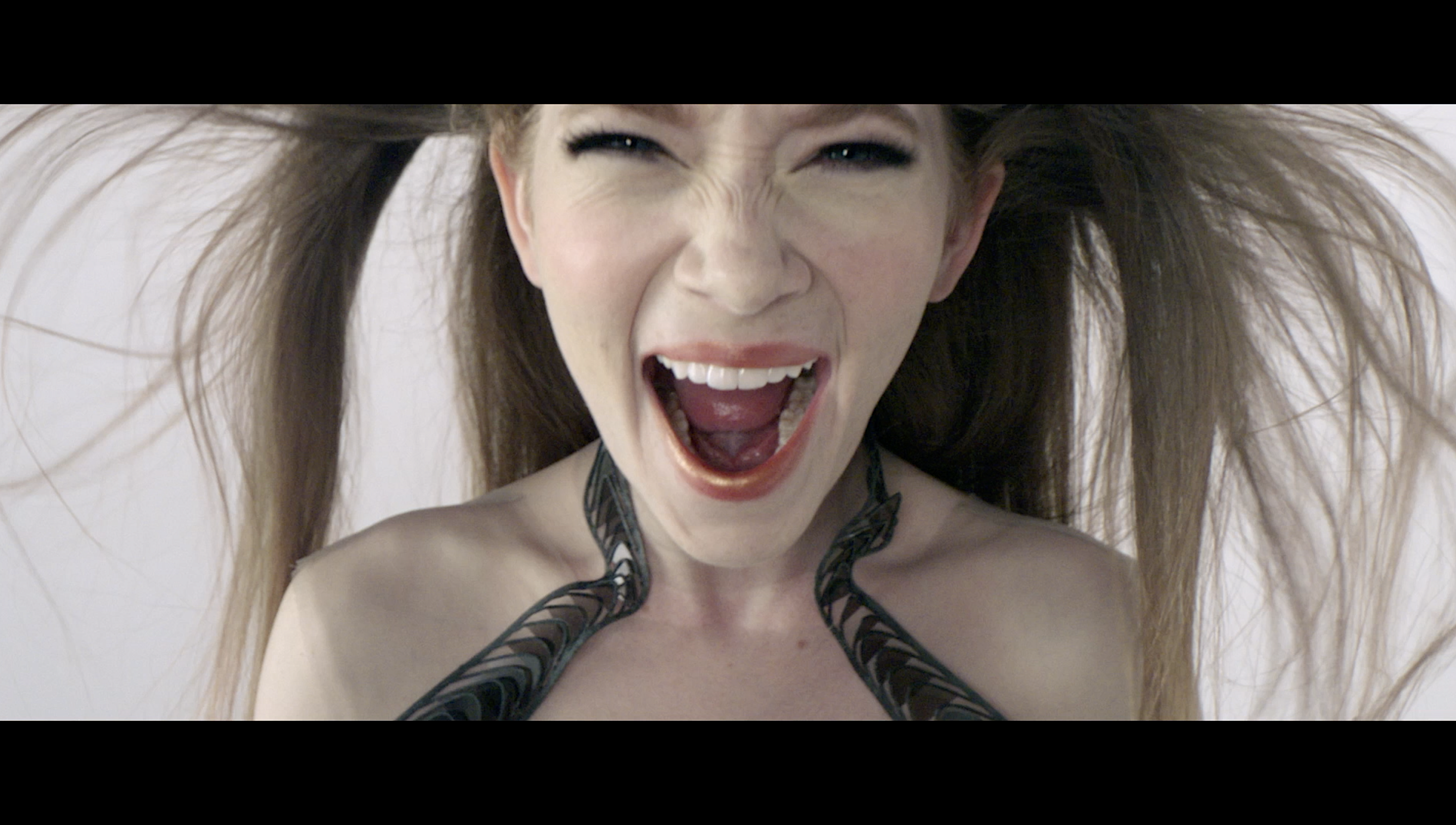
Your film is a clear example of cinematographic authorship, and it shows well in which direction the cinema of the future is heading. But when you “look back” at the history of cinema, what are your main sources of inspiration?
There are so many great movies that I love for different reasons. Rosemary’s Baby, The Usual Suspects, Blow-Up, Vertigo, and Jane Campion’s The Piano all come to mind.
I also really love the work of Kathryn Bigelow, and I really respect the career trajectory of David Lynch, who has managed to remain a true artist while infiltrating the mainstream.
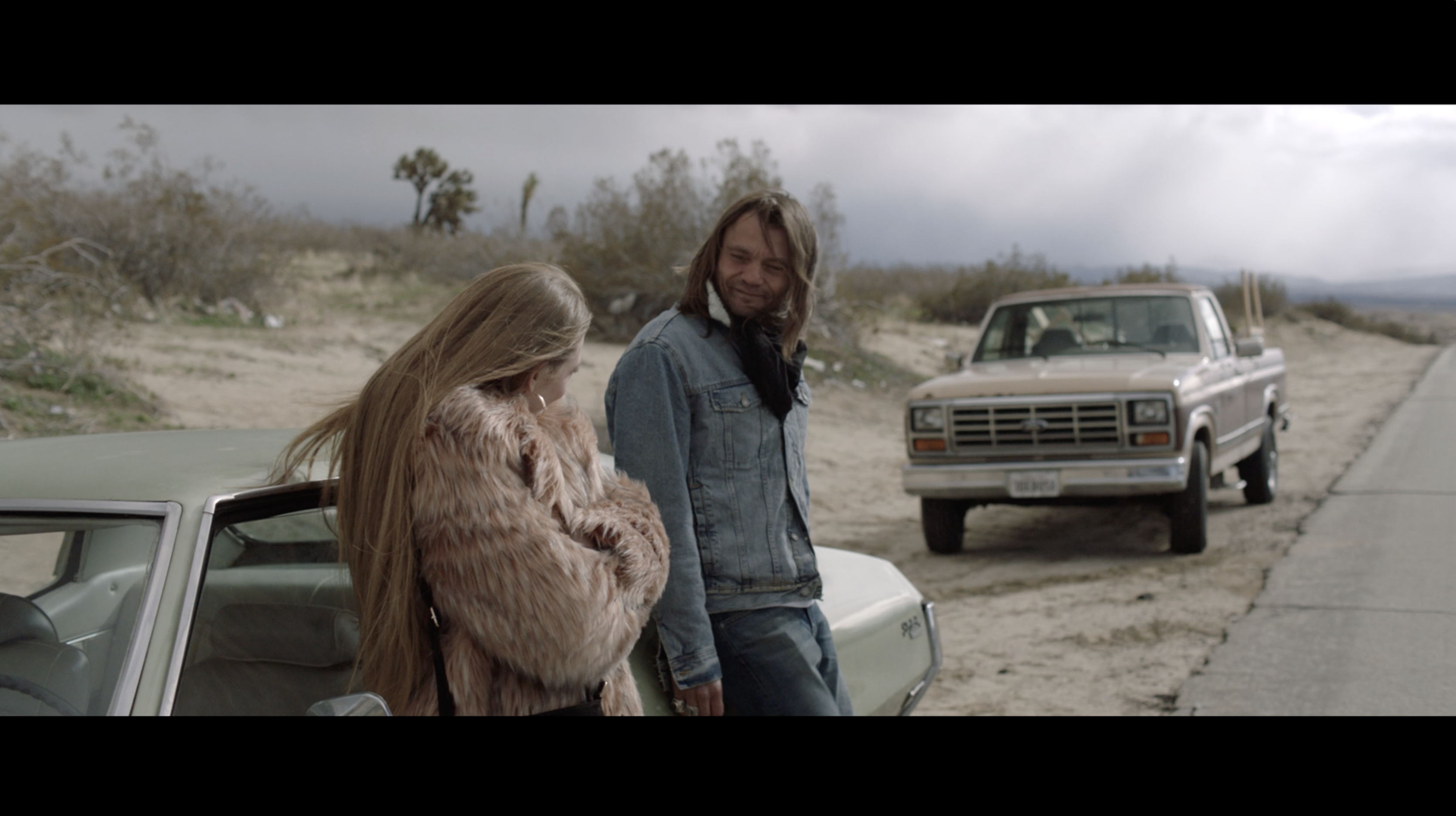
Do you think that the meeting between these two so different characters and, consequently, the meeting between extremely different realities, can be interpreted in a metaphorical sense?
I think it’s a story that people can either take on a surface level, about an evening between a man and a woman, or on a metaphorical level. On the metaphorical level, the two characters are definitely rooted in bigger ideas in my mind.
On a deeper level the film speaks to the Tibetan idea that being human is a form of purgatory, and only the truly ascended souls get to move beyond this world altogether and escape coming back again. I read about it in the Tibetan Book of the Dead and thought it was an interesting take on the idea of reincarnation. With this interpretation, I was thinking of Alice as an “ascending soul”. Tom, the guy in the desert, is more stuck in the human cycle and governed by his primal urges, which comes across in their conversations outside and the things that he confesses.
The Tom character is also inspired by Charon, the Greek mythological ferryman of the underworld, so that contributed to how Micah Fitzgerald (actor) played the character as well. I came to think of Charon as also being in a form of purgatory, because he is neither in the land of the living nor the dead—he’s the ferryman who shuttles the souls across the River Styx, but he never lands anywhere himself.
So the film is sort of a mélange of themes and ideas underlying the story, with different layers depending on how you look at it. How much that that comes across, I don’t know. But it makes it more interesting to work on for sure!
When I originally wrote the script, I was hoping the movie would encourage the audience to think about things like death, whether or not there’s an afterlife, and human attraction. But after hearing the feedback from people now that the film is playing out in the world, I am fine if people have different interpretations. I am just happy to make something that makes the audience think at all, even if it’s not about what I intended.
